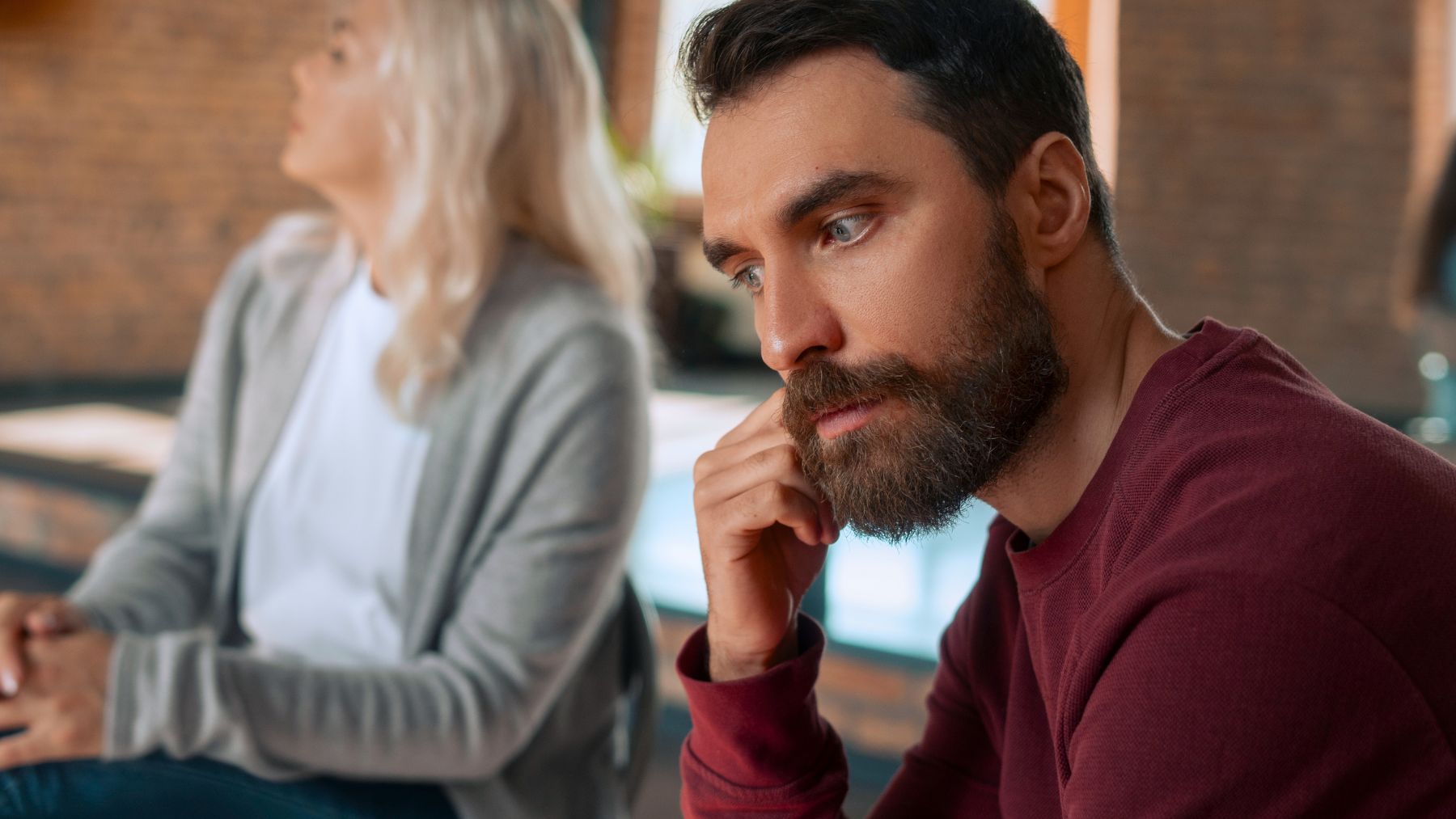Our choices often begin with a snap judgment. New research from Motivation Science shows that the first impression we form may lock us into decisions that aren’t always optimal. This study explores why we sometimes stick with a poor choice, even when better alternatives are right in front of us.
Here, we’ll review how the study was structured and what the researchers uncovered. Led by Chris Harris, it delves into the realm of decision-making biases. It reveals how initial preferences can trap us in a cycle of clinging to our first judgment. Let’s get to it.
First impressions and decisions: how the study was set up
The researchers designed the study to mimic everyday decision-making. They conducted experiments with straightforward tasks that everyone can relate to. The experiment was divided into four stages. The first stage, known as the induction phase, focused on establishing that first impression. Following this, participants progressed through an initial estimate phase, a free sampling phase, and finally a final estimate phase. The objective was to determine whether people would remain committed to their initial choice, even when the alternative offered significantly higher rewards.
In a follow-up experiment, the disparity in rewards between the two choices was further amplified. The purpose was to assess whether people could switch when the superior option became more evident. Although some participants did change their choice, many struggled to let go of their initial selection.
The findings on decision-making
The study showed that early biases are difficult to overcome. Even when a superior option is available, many people adhere to their initial choice. This phenomenon occurs in various areas of life—from personal decisions to professional scenarios such as hiring and management. The research underscores the significant impact that initial presentations of information or choices have on shaping our decisions.
A striking takeaway from the study is that even a modest initial preference can result in consistently poor choices over time. The findings imply that our past experiences and environment significantly influence our decisions. When we first encounter something, that initial impression tends to linger, forming a bias that limits our openness to alternative possibilities. This can explain why some people cling to stereotypes or outdated beliefs, despite abundant evidence to challenge them.
Chris Harris notes that although exploring alternative options requires additional effort, it ultimately leads to wiser decisions. He emphasizes that our surroundings and the way information is presented can reinforce these biases. This study highlights the importance of staying flexible and open-minded. By actively questioning our initial impressions, we increase our likelihood of making choices that lead to more rewarding outcomes.
So, the next time you’re faced with a tough choice, remember that those first impressions or initial instincts can sometimes narrow your perspective and limit the possibilities. Stay curious and explore every alternative with an open mind. Don’t be afraid to pivot or change direction when a better option is presented. By taking the time to understand how our minds work and recognizing the influence of biases or habits, we equip ourselves to make smarter, more thoughtful decisions.

